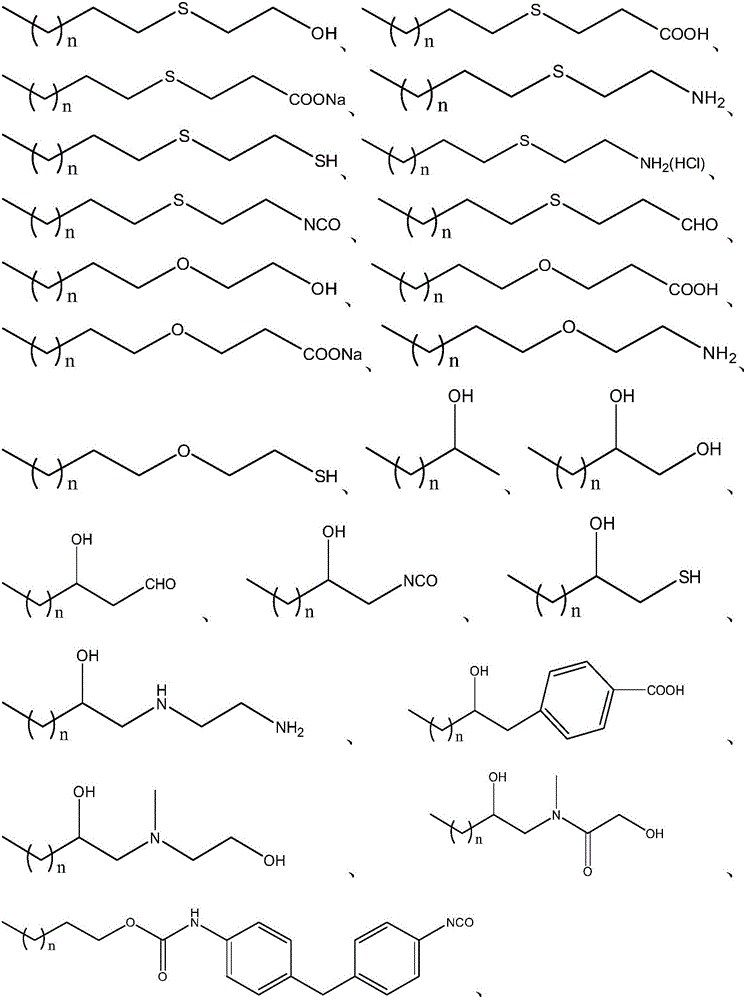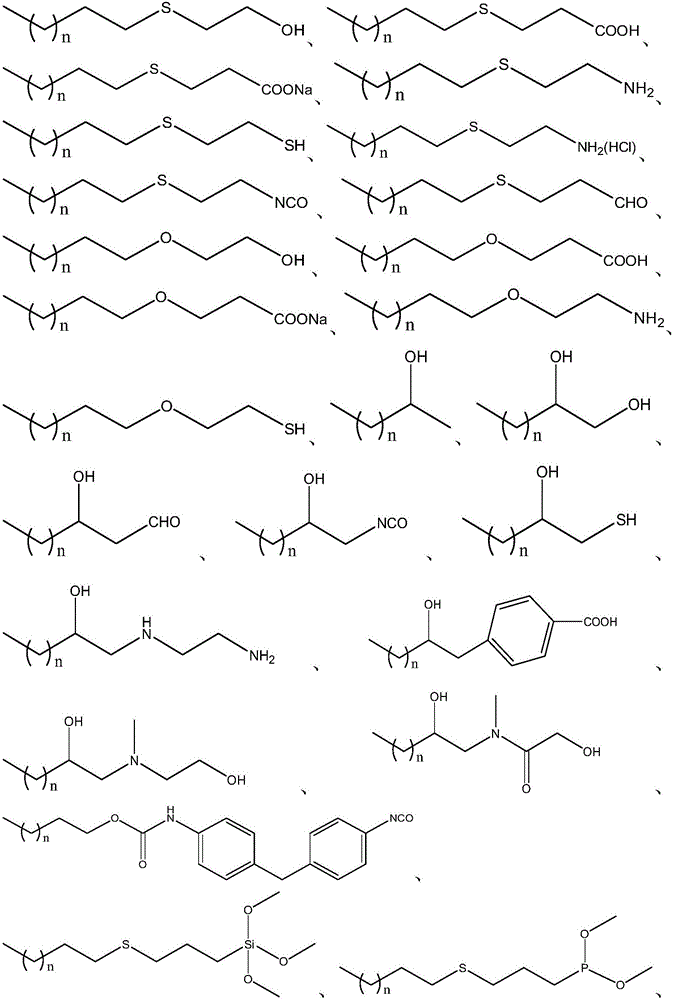Diaphragm, method for preparing diaphragm and secondary battery comprising diaphragm
A diaphragm, selected technology, applied in the field of secondary batteries, can solve the problems of limited wettability of ultrasonic dispersion technology, difficulty in controlling the uniformity of diaphragm treatment, poor nano-dispersion, etc., to shorten the standing time and implement The effect of strong resistance and short soaking time
- Summary
- Abstract
- Description
- Claims
- Application Information
AI Technical Summary
Problems solved by technology
Method used
Image
Examples
preparation example Construction
[0047] The present application also relates to the preparation method of the diaphragm, which can be prepared by the following two preparation methods according to the different properties of the amphiphilic polymer:
[0048] Preparation method (1): dissolving the amphiphilic polymer in a solvent to form solution I, and preparing each additive into solution II, solution III to solution N, where N is an integer greater than or equal to 1; solution II, solution Solution III to solution N are sequentially added to solution I to form a premixed solution, and after stirring evenly, the diaphragm is obtained by adjusting the viscosity, defoaming, coating on the substrate, and drying;
[0049] Preparation method (2): mixing the amphiphilic polymer and additives and then melting to obtain a slurry, and coating the slurry on a substrate to obtain the separator.
[0050] As an improvement of the preparation method of the present application, the additives can be selected from binders or...
Embodiment 1
[0071] Prepare a clean and flat PE substrate in advance. The amphiphilic polymer (the specific structural formula is shown in Table 1) and the solvent are configured into a solution, uniformly mixed, and stirred in vacuum at 60° C. for 60 min, then sequentially added 3% PVDF premix and 3% CMC premix, and Stir under vacuum at 80°C for 90 minutes, adjust the viscosity to obtain a uniform premixed solution. Immerse the spare base material in the premixed solution for 60s, and then pull it out of the liquid surface at a certain pulling speed to form a uniform liquid film (repeat the above operations to increase the film thickness), and then place it in a vacuum drying oven at 90°C 4 hours is enough.
[0072] The specific parameters are shown in Table 2, wherein the PVB adopts Aladdin (Aladdin), product number P105915 (Shanghai Crystal Pure Biochemical Technology Co., Ltd.).
[0073] Table 1:
[0074]
[0075]
[0076] Table 2:
[0077]
Embodiment 2
[0079] Prepare a clean and flat PE diaphragm in advance. After the amphiphilic polymer and additives are physically mixed in a certain weight ratio, melted, and then the molten mixture is sprayed from the beam source furnace to a flat spare substrate at a certain flow rate and pressure to obtain the required isolation film . The amphiphilic polymer and its added dosage and preparation parameters are shown in Table 3.
[0080] table 3:
[0081]
[0082]
PUM
| Property | Measurement | Unit |
|---|---|---|
| viscosity | aaaaa | aaaaa |
| particle diameter | aaaaa | aaaaa |
| thickness | aaaaa | aaaaa |
Abstract
Description
Claims
Application Information
 Login to View More
Login to View More - R&D
- Intellectual Property
- Life Sciences
- Materials
- Tech Scout
- Unparalleled Data Quality
- Higher Quality Content
- 60% Fewer Hallucinations
Browse by: Latest US Patents, China's latest patents, Technical Efficacy Thesaurus, Application Domain, Technology Topic, Popular Technical Reports.
© 2025 PatSnap. All rights reserved.Legal|Privacy policy|Modern Slavery Act Transparency Statement|Sitemap|About US| Contact US: help@patsnap.com



